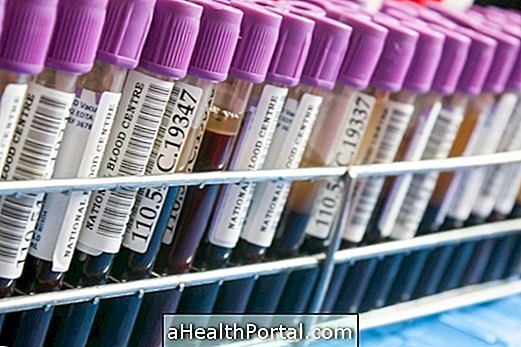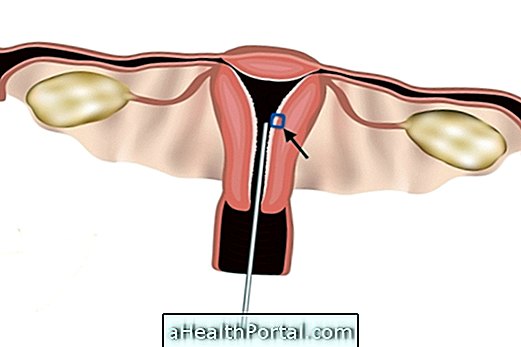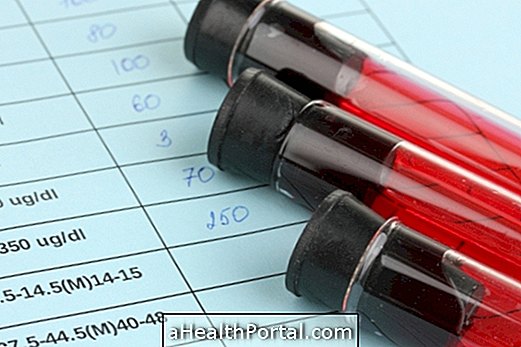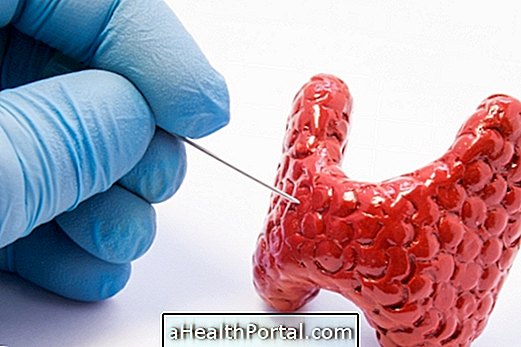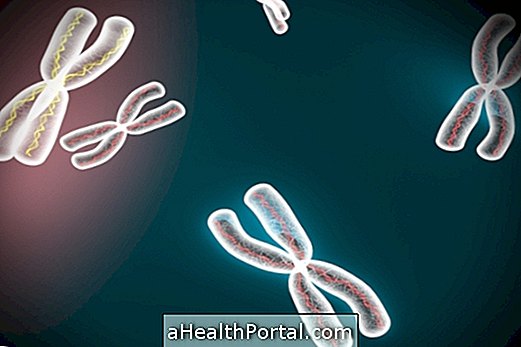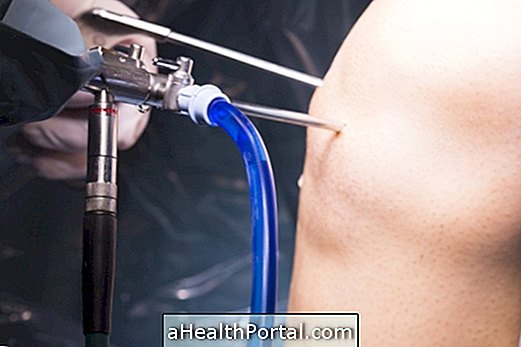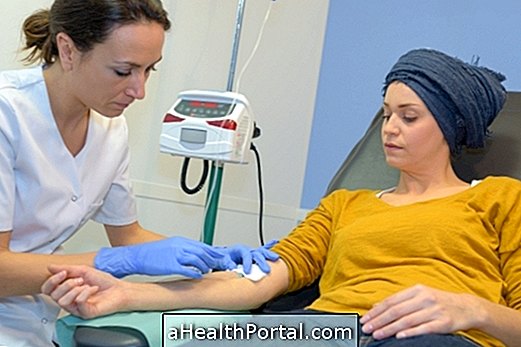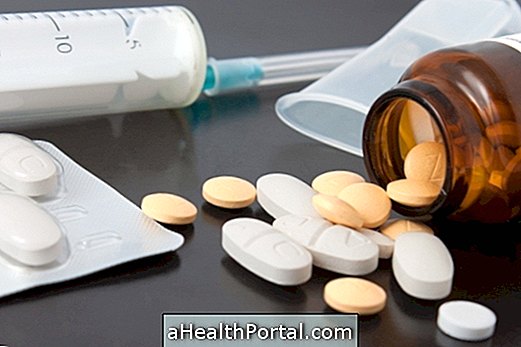Video-laparoscopy serves as a diagnostic test or surgical technique and is the best means of diagnosing endometriosis, although this is not the first test performed, because it is possible to know that it is endometriosis through other tests such as transvaginal ultrasonography and magnetic resonance imaging, which are less invasive.
The price of surgery by videolaparoscopy ranges from 5 to 15 thousand reais depending on the type of diagnostic exploration or treatment that will be performed, but can also be performed free of charge, by SUS.
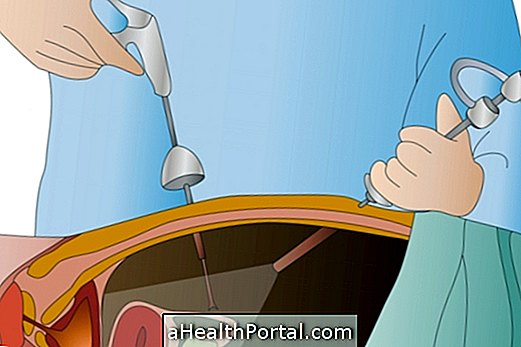
What is videolaparoscopy for?
Videolaparoscopy may be indicated for:
| VL diagnostic |
|
| VL surgical |
|
How is videolaparoscopy performed?
To perform this examination, a general anesthesia is required, and the surgeon performs a cut in the navel through which a small tube containing carbon dioxide and a micro-chamber enters the inside and performs two more cuts in the abdominal region through which other instruments necessary for explore the pelvic region, abdominal or to perform surgery. The microcamera will show through a monitor all the inside of the abdomen and the doctor can also make cuts and loosen adhesions that are present.
The preparation to perform the test consists of previous examinations, such as preoperative and surgical risk assessment, and when this examination explores the abdominal cavity it is necessary to completely empty the bowel using laxatives under medical indication the day before the examination.
How is Laparoscopy Recovery?
Recovery from videolaparoscopy surgery is much better than in conventional surgery because there are fewer cuts and bleeding during surgery is minimal. The recovery time of a laparoscopic surgery lasts from 7 to 14 days, depending on the procedure. After this period the individual may return gradually to his daily tasks.
Shortly after video laparoscopy is normal: feel pain in the abdomen, pain in the shoulders, stay with intestine trapped, feel bloated, nauseated and in the mood to vomit. Therefore, during the recovery period, you should rest as much as possible and avoid: having sex, driving, cleaning the house, shopping and exercising in the first 15 days.
When it should not be done
Laparoscopy should not be performed in the case of advanced pregnancies in people with morbid obesity, when previous laparotomies have been performed in the case of tuberculosis in the peritoneum, cancer detected in the region, massive abdominal mass, and when the person is severely debilitated . It should also not be performed in case of intestinal obstruction, peritonitis, abdominal hernias and when general anesthesia can not be applied.
Possible Complications
Although this test is best for closing the diagnosis of certain diseases and having a better recovery when it serves as a form of surgery, it still presents some health risks because complications such as hemorrhage in important organs such as liver or spleen, perforation of the intestine, bladder or uterus, hernia at the site of entry of the instruments, infection of the site, worsening of endometriosis, and when it is performed in the thorax penumothorax, embolism or emphysema can happen, and therefore it is generally not an examination that is requested as the first option for the diagnosis of any disease.
